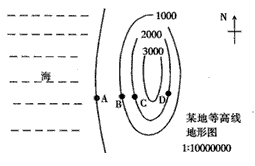Started in 1636, Harvard University is the oldest of all the colleges and universities in the United
States. Yale, Princeton, and Columbia were opened soon after Harvard. In the early years, these
schools were much alike. Only young men could go to college. All the students studied the same
subjects, and everyone learned Latin, and Greek. Little was known about science then. When the
students graduated, most of them became ministers or teachers.
In 1782, Harvard started a medical school for young men who wanted to become doctors. Later,
lawyers could receive their training (训练) in Harvard's law school. In 1825, besides Latin and
Greek, Harvard began teaching modern languages, such as French and German. Soon it began teaching
American history.
As knowledge increased, Harvard and other colleges began to teach many new subjects. Students
were allowed to choose the subjects that interested them. Today, there are many different kinds of
colleges and universities. Most of them are made up of smaller schools that deal with special fields of
learning. There's so much to learn that one kind of school can't offer it all.
1. The oldest university in the US is ______.
A. Yale
B. Harvard
C. Princeton
D. Columbia
2. Which of the following statements is TRUE?
A. Those colleges and universities were the same.
B. People, young or old, might study in the colleges.
C. Students studied only some languages and science.
D. When the students finished their school, they all became lawyers or teachers.
3. As knowledge increased, colleges began to teach ______.
A. everything that was known
B. law and something about medicine
C. many new subjects
D. the subjects that interested students
4. On the whole, the passage is about ______.
A. how to start a university
B. the world-famous colleges in America
C. how colleges have changed
D. what kinds of lessons each college teaches

